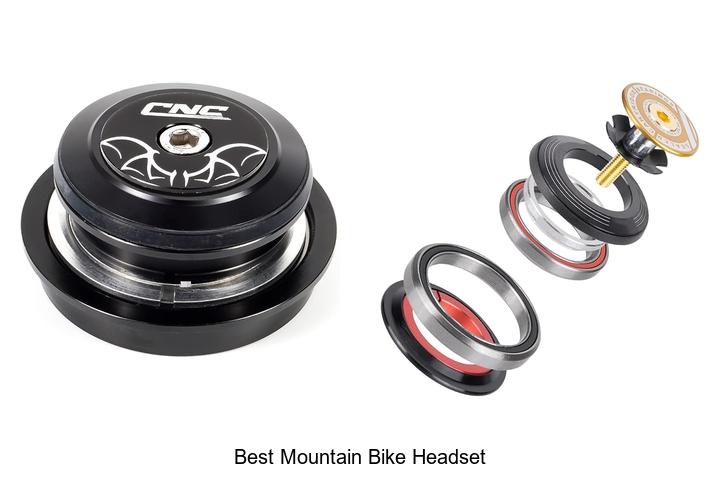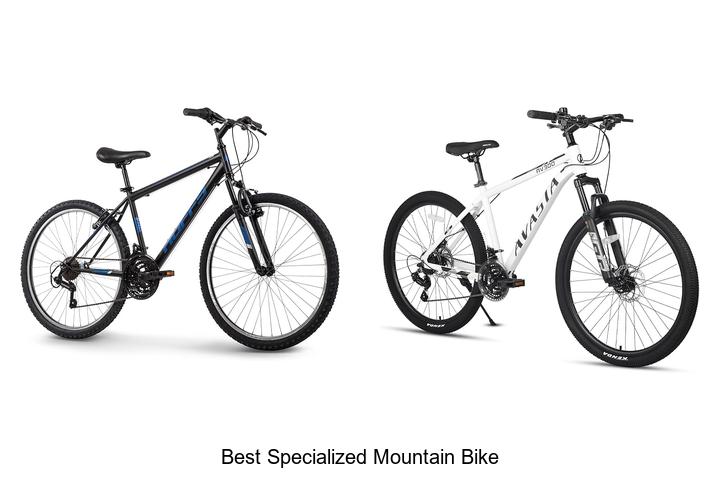What Is a Cross Country Mountain Bike? Key Features Explained
Key Takeaways
- Cross country mountain bikes are designed for speed, efficiency, and endurance on varied terrain, featuring lightweight frames and limited suspension travel (80-120mm) for optimal pedaling efficiency.
- They typically have narrow tires (1.9 to 2.3 inches) and larger wheels (usually 29-inch) to balance low rolling resistance with traction and obstacle rollover.
- The aggressive frame geometry enhances climbing performance and high-speed control, making these bikes ideal for long rides on mixed trails.
- Choosing between hardtail and full suspension models depends on terrain difficulty and riding style, with hardtails favored for smoother trails and full suspension for technical terrain.
- Budget and brand selection are key—entry-level bikes start around $800, while high-end models exceed $3,000, with reputable brands offering better components and warranty support.
If you’re new to mountain biking or looking to upgrade your ride, understanding what a cross country mountain bike is can help you make the right choice. These bikes are designed for speed and efficiency over varied terrain, making them perfect for riders who want to cover long distances with ease.
Cross country mountain bikes strike a balance between lightweight design and durability. You’ll find they excel on trails that mix climbs, descents, and technical sections without weighing you down. Whether you’re tackling singletrack paths or rough forest roads, knowing what sets these bikes apart will help you pick the perfect model for your adventures.
What Is a Cross Country Mountain Bike?
A cross country mountain bike is designed for speed, efficiency, and endurance on mixed terrain. You’ll find these bikes with lightweight frames made from materials such as aluminum or carbon fiber. This allows you to accelerate quickly and handle climbs with less effort.
You’ll notice that cross country bikes feature suspension systems with limited travel, usually between 80 to 120 millimeters. This setup absorbs shocks from rough trails while maintaining pedaling efficiency. Their geometry favors a more aggressive riding position, helping you maintain control at higher speeds and during technical sections.
Tires on cross country bikes are narrower compared to other mountain bikes, typically ranging from 1.9 to 2.3 inches wide, providing lower rolling resistance without sacrificing traction on dirt paths and gravel. Gearing options often include a broad range of speeds, enabling you to tackle steep climbs and fast descents alike.
If you’re planning long rides covering varied terrain, a cross country mountain bike delivers the lightweight, responsive performance needed to maximize both speed and control.
Key Features of Cross Country Mountain Bikes
Cross country mountain bikes combine specialized features that maximize speed and efficiency across varied terrain. Understanding these features helps you choose a bike tailored to your riding style and trail demands.
Frame Design and Materials
Cross country frames prioritize lightweight strength and stiffness. Materials like aluminum and carbon fiber dominate, with carbon fiber offering the best power transfer and weight savings. You find aggressive geometry in the frame, placing you in a forward-leaning position that improves climbing efficiency and high-speed control. The frame geometry also balances stability and maneuverability to suit technical terrain without compromising pace.
Suspension Systems
Cross country bikes use limited travel suspension, typically between 80 to 120 millimeters. This range absorbs trail shocks while minimizing energy loss during pedaling. Hardtail models feature a front suspension fork only, reducing weight and maintenance, while full suspension models add a rear shock for better traction on rough descents. Effective suspension keeps you efficient on climbs and comfortable on varied surfaces.
Wheel Size and Tires
Most cross country bikes run 29-inch wheels to optimize rollover efficiency and maintain momentum on obstacles. Smaller 27.5-inch wheels may suit riders seeking quicker handling. Tires range from 1.9 to 2.3 inches wide, balancing low rolling resistance with adequate traction. You select tread patterns based on trail conditions; smoother tread works well on hardpack, while more aggressive knobs provide grip on loose or technical terrain.
Benefits of Using a Cross Country Mountain Bike
Cross country mountain bikes offer distinct advantages tailored for riders who value speed, efficiency, and versatile performance on varied terrain. Their design elements enhance your overall riding experience, especially on long-distance trails with mixed conditions.
Efficiency and Speed
Cross country bikes maximize pedaling efficiency through lightweight frames and limited suspension travel. The use of materials like carbon fiber reduces bike weight, enabling quick acceleration and sustained speeds. Narrower tires lower rolling resistance, increasing your ability to cover ground faster. The aggressive geometry positions your body to exert power effectively while maintaining aerodynamics. These factors combine to deliver a bike optimized for fast trail riding, endurance events, and competitive racing scenarios.
Climbing and Handling
Climbing efficiency improves with cross country bikes due to their stiff frames and optimized suspension setups. Short travel suspension (80-120mm) absorbs trail vibrations without sacrificing energy transfer, helping you maintain momentum uphill. The geometry supports stable handling and precise steering, allowing smooth navigation through technical climbs and tight corners. Larger 29-inch wheels aid in rolling over obstacles, reducing fatigue and enhancing control. Overall, these bikes allow confident climbing and agile handling across diverse trail features.
How to Choose the Right Cross Country Mountain Bike
Selecting the right cross country mountain bike depends on your terrain and riding style, along with your budget and preferred brands. Prioritizing these factors streamlines your search and ensures optimal performance on your rides.
Considering Terrain and Riding Style
Assess the terrain where you mostly ride before choosing a bike. Hardtail models suit smoother trails and climbing, offering efficient pedaling with minimal suspension. Full suspension bikes handle technical, rocky, or root-filled trails better, providing extra control and comfort. Match suspension travel—typically 80 to 120 millimeters—to your trail difficulty; less travel improves pedaling efficiency, while more travel enhances shock absorption.
Choose wheel size based on trail type. The majority of cross country bikes use 29-inch wheels, which improve rollover on obstacles and maintain speed on rough ground. Consider narrower tires (1.9 to 2.1 inches) for hardpack trails to reduce rolling resistance, or wider tires (2.2 to 2.3 inches) with aggressive tread for loose or muddy conditions.
Budget and Brand Options
Outline your budget to balance performance and features. Entry-level models start around $800 and provide durable frames with functional components. Mid-range bikes in the $1,500 to $3,000 range offer lighter carbon or high-grade aluminum frames with better suspension systems and drivetrains. High-end models exceed $3,000 and feature advanced carbon fiber frames, precision suspension tuning, and electronic shifting.
Select reputable brands such as Trek, Specialized, Giant, or Cannondale to ensure quality craftsmanship and support. Consider warranty coverage and local dealer service for maintenance needs. Compare component specifications like groupset, suspension quality, and wheel build to maximize value within your price range.
Conclusion
Choosing the right cross country mountain bike can elevate your riding experience by matching your needs with the bike’s design and features. Whether you’re chasing speed, tackling climbs, or navigating technical trails, understanding what makes these bikes unique helps you pick the perfect fit.
With the right setup, you’ll enjoy efficient pedaling, better control, and the confidence to push your limits on varied terrain. Your next adventure is waiting—make sure your bike is ready for the challenge.

